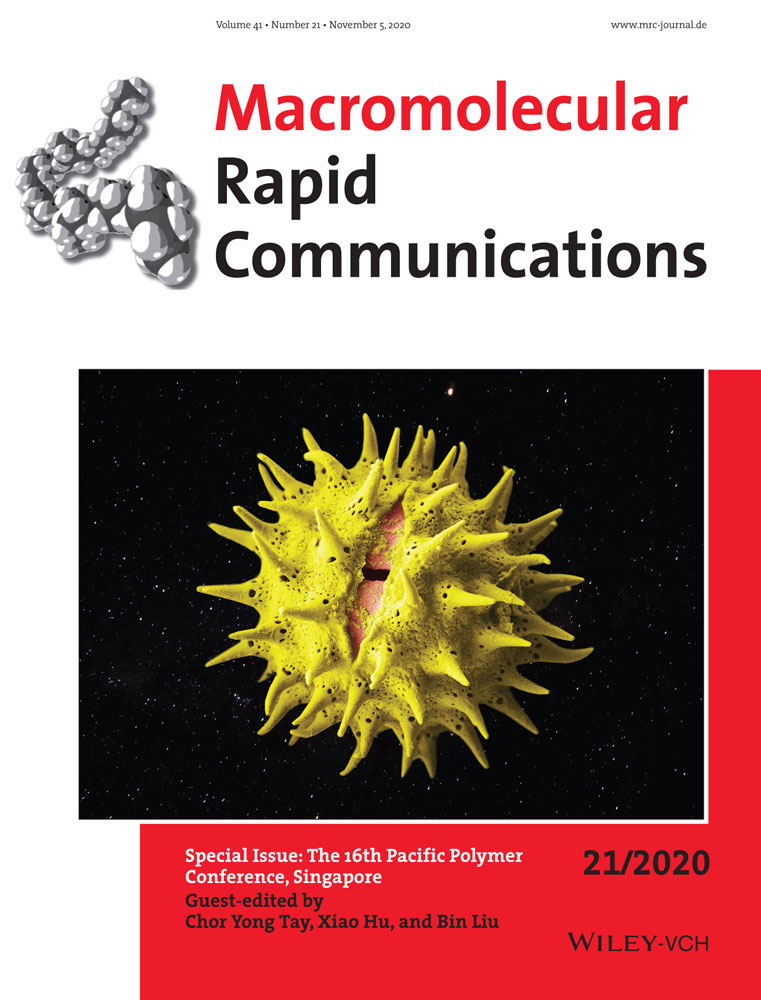Cryogelation of Human Hair Keratins
Abstract
Human hair keratins (HHK) are known for their biocompatibility and potential to regulate cell response, possibly due to the presence of the leucine-aspartic-valine cell adhesion and signaling motifs. Together with the abundance of cysteine residues in HHK, 3D HHK scaffolds are fabricated through cryogelation based on spontaneous disulfide crosslinks and noncovalent interactions. Herein, the molecular mechanism of HHK self-assembly during cryogelation is interrogated and the influence of cryogelation parameters on the properties of the resultant scaffolds is studied. With successive freeze–thaw cycles, the storage modulus (G′) of HHK cryogels substantially improves from 116.4 Pa at freeze–thaw cycle 3 (FT3) to 1908.7 Pa at freeze–thaw cycle 10 (FT10). Meanwhile, it is found that complete thiol-capping of HHK samples significantly inhibits cryogel formation as compared to partially or uncapped HHK samples, suggesting the dominant role of disulfide stabilization in cryogelation. Finally, uniaxial compression tests on HHK sponges demonstrate that FT cycling, from 0 to 10, is able to improve the compression modulus of sponges by ≈12-folds. These findings show that macroscale properties of HHK cryogels can be conveniently modulated by physical parameters of cryogelation and that disulfide bonding is the main stabilizing force in HHK cryogels.
Conflict of Interest
The authors declare no conflict of interest.




